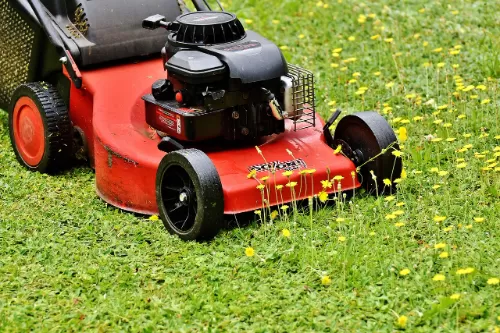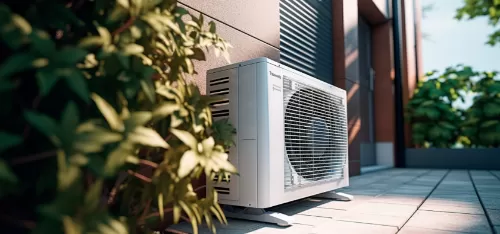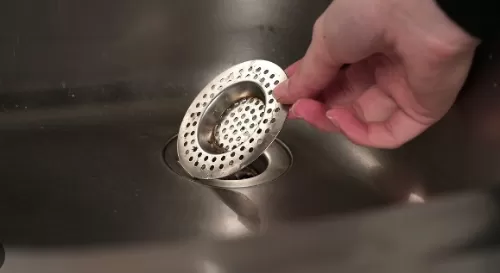Perfect Lawn Mowing: A Comprehensive Guide for Every American Homeowner
A lush, well-maintained lawn is not just a patch of green—it’s a symbol of American pride, enhancing curb appeal and property value. Whether you’re searching for “Lawn Care Near Me,” “Professional Lawn Care Companies,” or the “Best Lawn Service in Your Area,” understanding the art and science of lawn mowing is crucial. In this guide, we’ll explore everything from beginner basics to advanced techniques, trending practices, and how to find top-notch local services, ensuring your lawn stands out in the neighborhood.
Related searches

Understanding Your Grass Type
In the United States, grass types can be broadly categorized into warm-season and cool-season grasses. Warm-season grasses like Bermuda, Zoysia, and St. Augustine thrive in southern regions, while cool-season varieties such as Kentucky bluegrass, fescue, and ryegrass are ideal for northern climates. Each type has unique mowing requirements. For example, Bermuda grass should be mowed relatively short, around 1 to 2 inches, during its active growing season, whereas Kentucky bluegrass prefers a height of 2.5 to 3.5 inches. Knowing your grass type is the first step to achieving a perfect mow.
Essential Equipment
Investing in the right equipment can make all the difference. Manual reel mowers are eco-friendly and perfect for small lawns, offering a clean cut without the noise and emissions of gas-powered models. Electric mowers, whether corded or battery-powered, provide a balance of convenience and efficiency, suitable for medium-sized lawns. Gas-powered mowers, on the other hand, are powerful and ideal for large yards but require more maintenance. Don’t forget safety gear—protective goggles, gloves, and sturdy footwear are essential for every mowing session.
Step-by-Step Mowing Process
Before you start, plan your mowing pattern. Begin by walking around the lawn to remove any debris like rocks, toys, or branches. Set the mower to the appropriate height based on your grass type. For your first pass, mow in straight lines, overlapping slightly to ensure even coverage. Change directions for subsequent passes—mowing in different directions helps prevent grass from leaning and promotes upright growth.
Optimal Mowing Height and Frequency
The “one-third rule” is a golden principle in lawn mowing: never cut more than one-third of the grass blade’s length at a time. Mowing too short can stress the grass, making it vulnerable to weeds, pests, and drought. Frequency also matters. During peak growing seasons, most lawns require mowing every 5 to 7 days, while in cooler months, once every 10 to 14 days may suffice. Adjust based on your grass’s growth rate and local weather conditions.
Mowing Patterns and Directions
Experimenting with mowing patterns can transform the look of your lawn. Traditional straight lines create a neat, uniform appearance, while crisscross or checkerboard patterns add visual interest. Alternating directions each time you mow helps the grass grow upright and prevents soil compaction. Avoid mowing in the same direction repeatedly, as it can cause ruts and uneven growth.
Conclusion
From the basics of choosing the right equipment to embracing the latest trends in smart and sustainable lawn mowing, you now have the knowledge to take your lawn to the next level. Whether you prefer a DIY approach or seek professional help from the “Best Lawn Care Companies in Your Area,” consistent care and attention will yield a lush, healthy lawn that you can be proud of. Remember, a well-mowed lawn is not just a beautiful addition to your home—it’s an investment in your property and a source of outdoor enjoyment for years to come.

Maximizing Your Air Conditioner’s Performance: Choose the Right Cleaning Service

The Best Deals on Luxury Apartment Rentals in 2024

Achieve Your Dream Body: Discover the Best Weight Loss Solutions

Top HVAC Services for Comfort and Energy Efficiency

Discover the Ultimate Luxury Swim Spa Experience

Top 5 Mobile Phone Misconceptions: Separating Fact from Fiction








